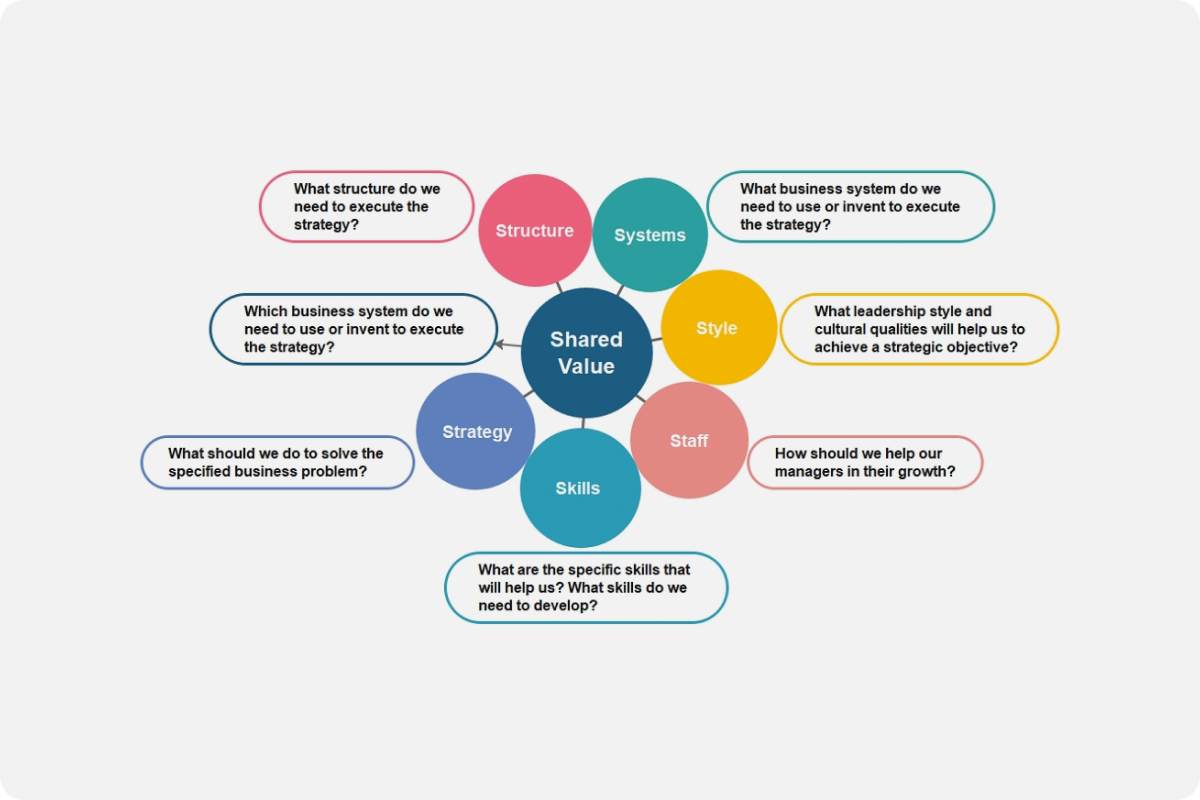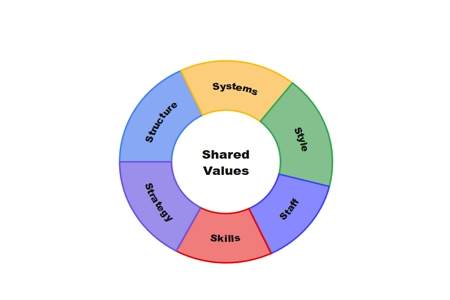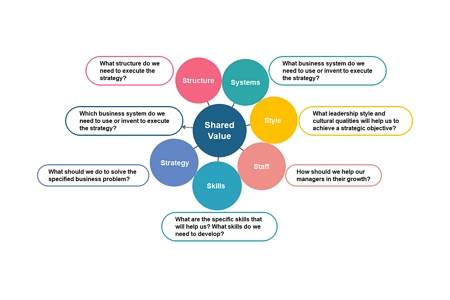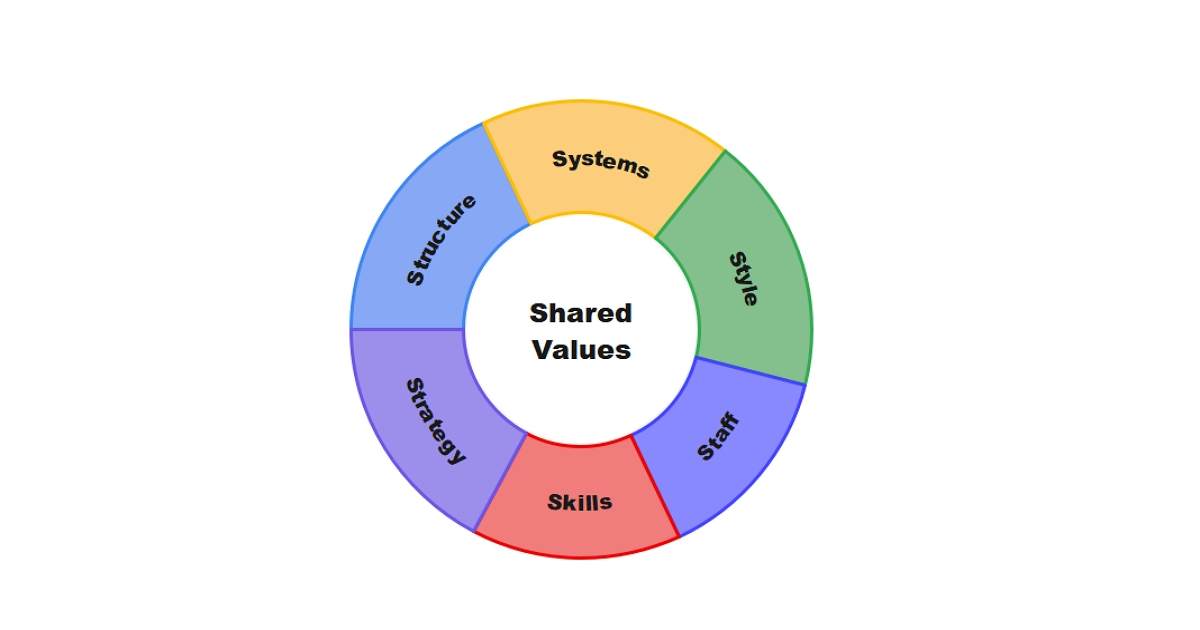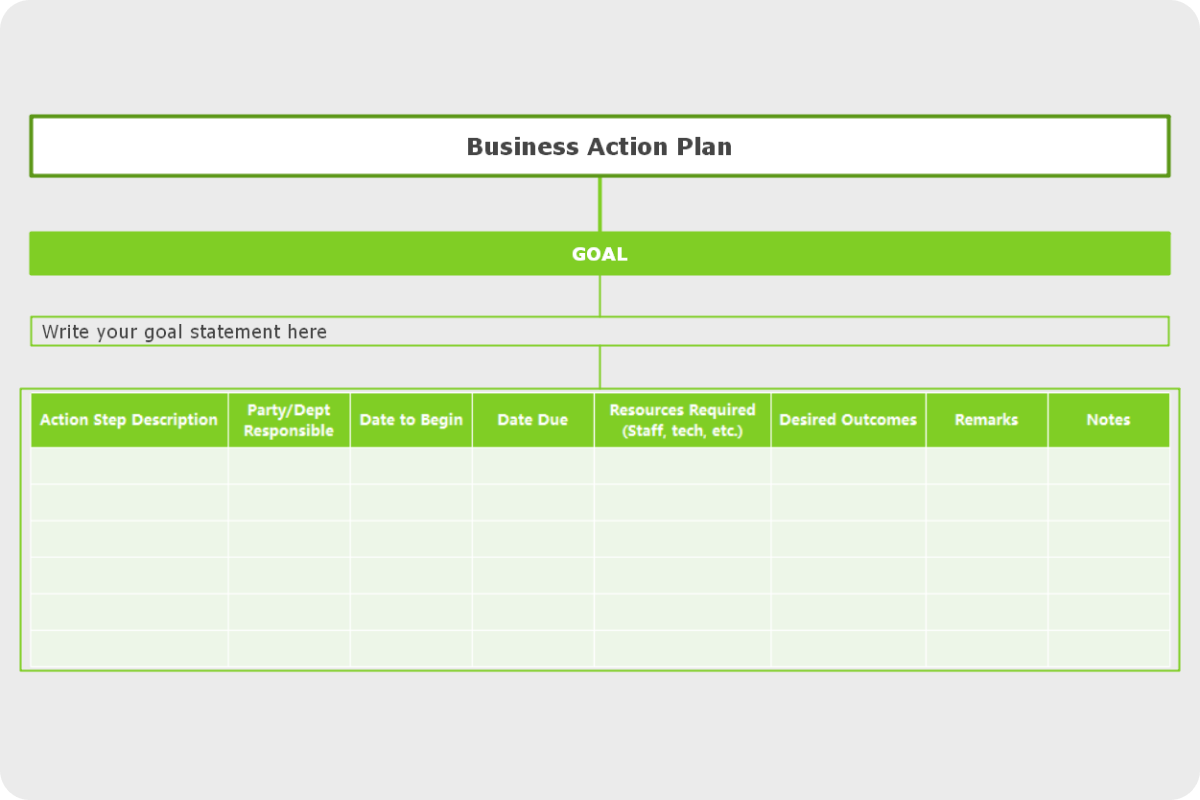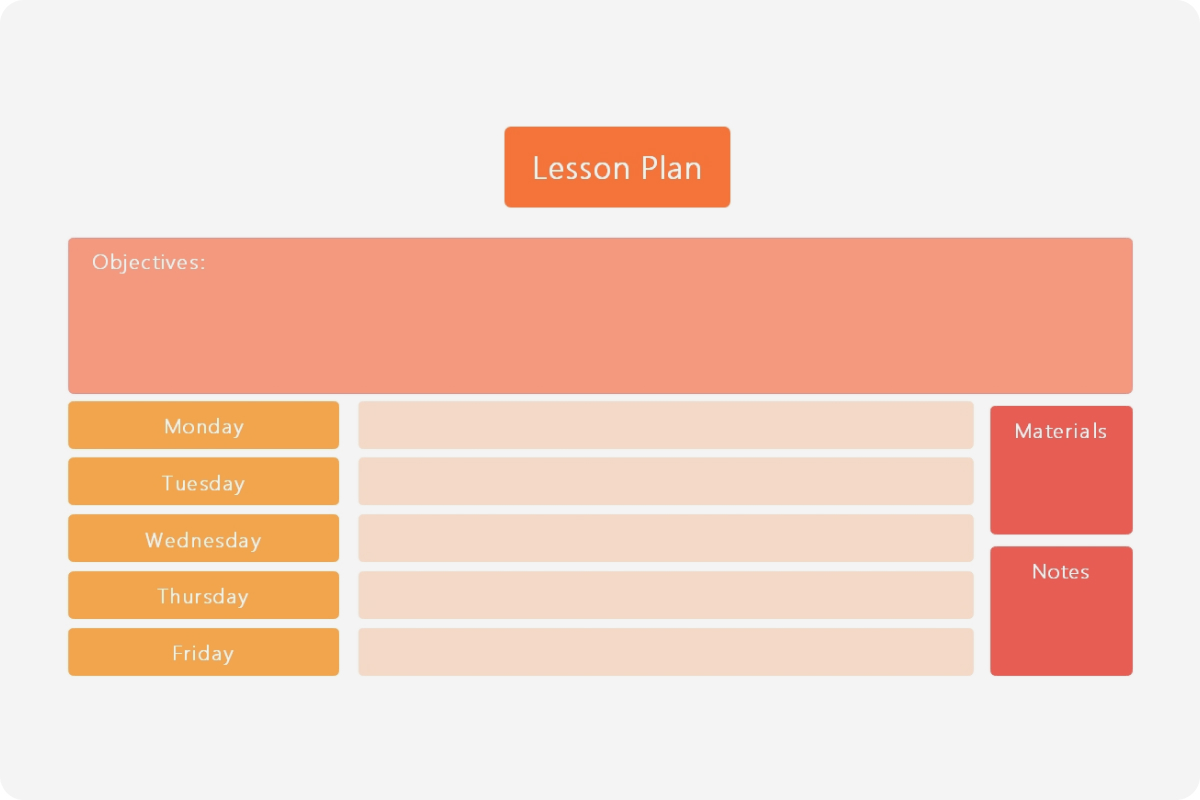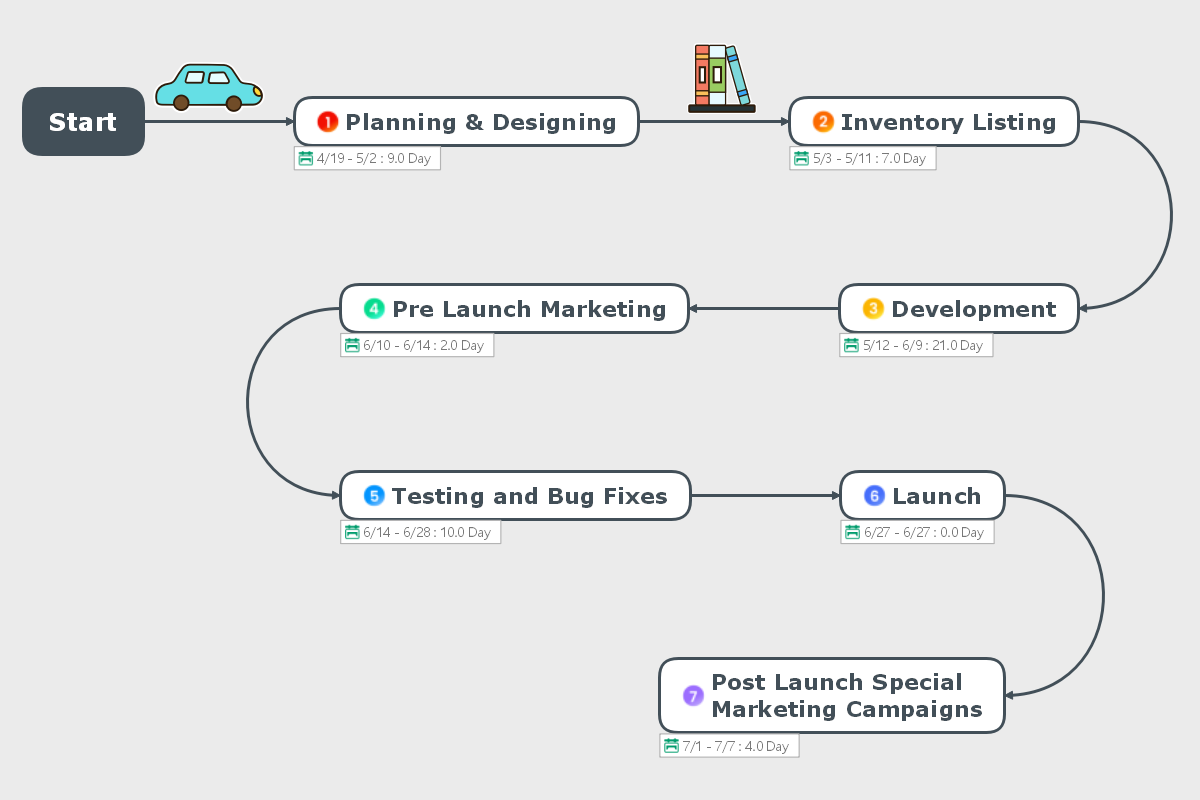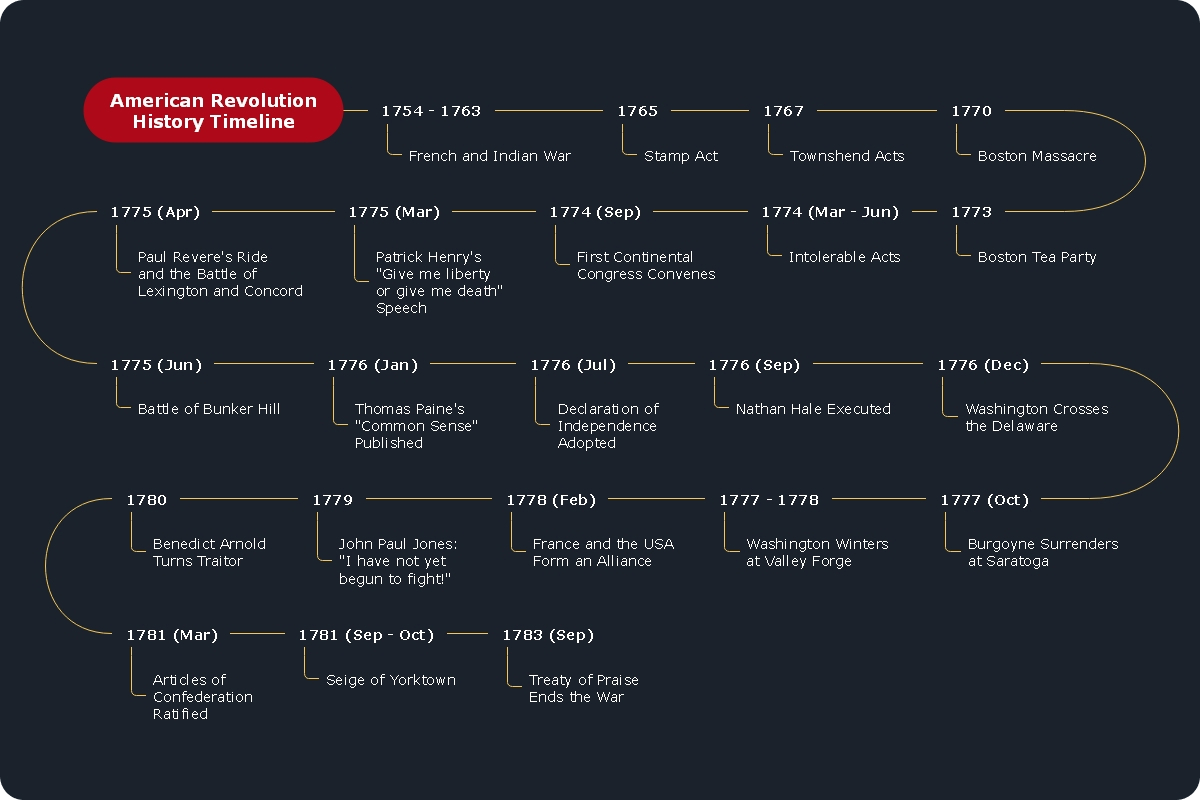What is the McKinsey 7-S model?
The McKinsey 7S model is an instrument that allows firms to analyze their organizational design by using critical elements. These seven elements include structure, strategy, shared values, systems, skills, and staff. The framework helps organizations achieve their objectives and evaluate if the seven elements are effectively aligned.
The model can be applied to aspects of either a team or a particular project. The alignment issues still apply regardless of how the team defines the scope of the areas of study. McKinsey 7S focuses on the interconnectedness of the seven elements classified as 'Soft Ss' and 'Hard Ss.' You also have to consider the possible domino effect every time you change a diagram component to maintain a balance among elements.
About the McKinsey 7-S model
McKinsey consultants Robert Waterman, Tom Peters, and Julien Philips developed the McKinsey 7S model during the 1980s. Since then, practitioners and academics have vastly used the framework, and it remains one of the most used strategic planning instruments.
It initially aimed to emphasize the human resources elements (Soft S), instead of the conventional mass production tangibles of infrastructure, equipment, and capital, as keys to a higher and enhanced organizational performance. The main goal of the structure was to align all the seven elements to achieve practical business functionalities.
The model can be helpful in several situations and an essential tool when talking about organizational design. Here are some of the uses of the model:
- To facilitate organizational reconstructions
- To guide in implementing a new strategy
- To determine how each aspect may change in the future
- To facilitate in organization mergers
Structure of the McKinsey 7-S model
As has been discussed previously, the framework is classified into soft and hard areas. The strategy, structure, and systems belong to the hard aspects as they are easier to identify and manage. Meanwhile, style, staff, skills, and shared values belong to soft areas that can be harder to manage but are considered the organization's foundation and are more likely to produce sustained competitive advantages.
The seven elements of this framework are defined as follows:
- Strategy is a technique developed by an organization to achieve a competitive edge in the market. Strategies are primarily long-term plans reinforced by solid values, mission, and vision. However, it will be hard to assess if the strategy is aligned with other elements if analyzed alone. This is why strategy elements in the McKinsey 7s template should be reviewed with other elements.
- The structure is how firm units and divisions are organized and includes all the details of who is accountable to whom. In the simplest form, this element serves as the organizational chart of the business. It is one of the most visible and easy to modify aspects of the framework.
- Systems refer to the procedures and processes, which include the daily activities and decision-making processes. It's an aspect in an organization that identifies how the business processes are conducted.
- Skills refer to the procedures and processes, which include the daily activities and decision-making processes. It's an aspect in an organization that identifies how the business processes are conducted.
- Staff refers to the type and the number of employees a firm needs and the recruitment and training procedure. It can also include motivation and reward initiatives.
- Style depicts how the-level executives manage the firm, interact, actions, and symbolic value. In the most straightforward words, it is the company leader's management style and approach.
- Shared values serve as the core of the model. They represent the standards and the norms which guide the behavior of employees and company actions. They are the foundation of every business or organization.
Pros & Cons of McKinsey 7-S model
The framework surely does bring significant benefits to the organization; however, it also pays to visit some limitations the McKinsey 7s model has so that you can assess if the diagram will apply to your firm.
Pros
- It ensures the creator does not miss any gaps caused by modified strategies since the framework weighs and analyzes every element and connections between elements in detail. This will also promote a good working environment for employees and executives.
- Mckinsey 7s template brings unity to the organization. Since the seven elements need to be aligned, every member of the organization will be aware of a unified approach to the business processes and values of the organization.
Cons
- It can take too much time to organize the framework since it requires thorough benchmarking and research. For large firms, it can last longer since every element has to be considered and evaluated.
- The framework tends to focus solely on the internal aspects and take for granted the external factors that can also affect the organization's performance. It might be beneficial to include vital external elements if the framework allows.
McKinsey 7-S Model Templates
Every organization varies on how they structure the McKinsey 7s template. It could be through the traditional tree-like diagram or using mind maps for a more straightforward approach. Below will be some examples you can base your structure from:
Example 1
The first example below looks like a color wheel. All six elements surround the central element, which is 'shared values.'' As mentioned, the 'shared values' element is the organization's foundation; hence it is at the center. Since you need to fill in details for every element, you have the option to enlarge your diagram enough for additional texts to fit in.
The good thing about this framework is that it will remind you to align all the seven elements, which is the sole purpose of creating the McKinsey 7s model template.
